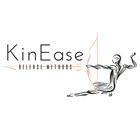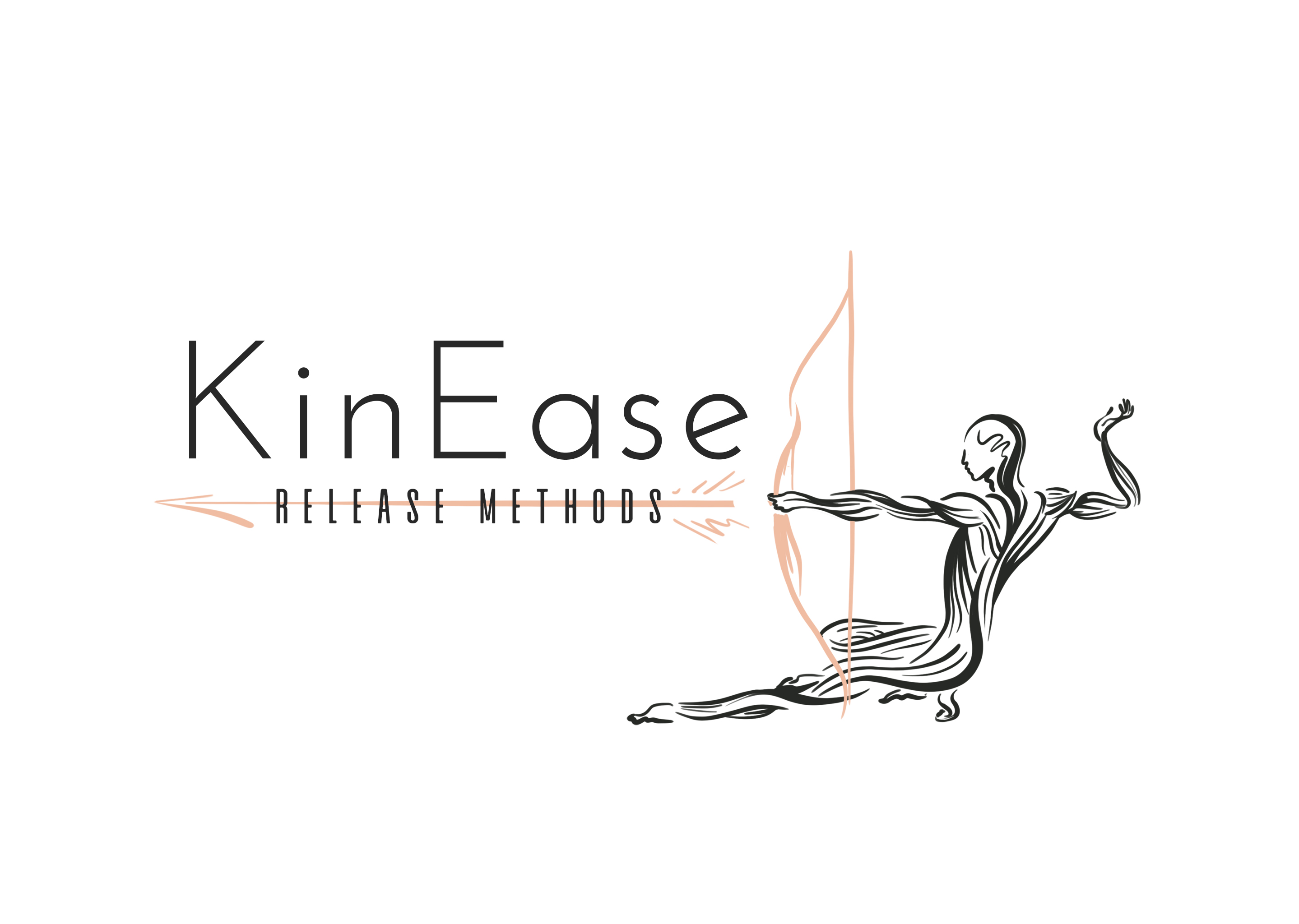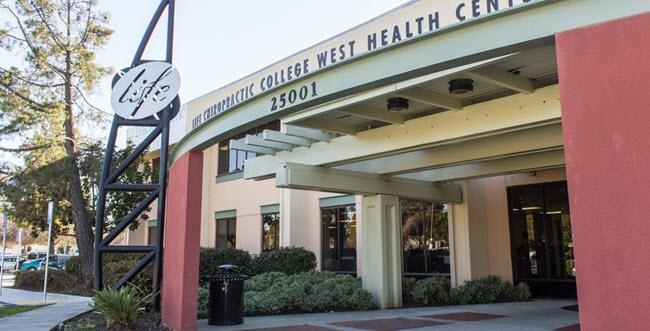
Adjust without a Thrust: Keys to Removing Subluxations through Comfort (Feldman, June 6-7, 2020)
Overview
See Dr. Feldman demonstrate the technique here!
The goal of this seminar is to address chiropractic techniques in which the doctor can add years to his or her practice while being gentle to the patient by switching off aberrant reflexes in combination with the Diversified thrust or as an alternative to the thrust. By means of understanding the neurological reflex mechanisms of spinal somatic dysfunction as hypothesized by Irvin Korr, PhD and Lawrence Jones, DO, the practitioner can find comfortable treatment positions that quiet and even erase somatic dysfunction by placing the subluxation complex in a state of ease. How to remove aberrant alarmed, tense settings of the muscle spindle so it can restore itself to proper neutral setting a will be taught and the scientific basis understood so that the practitioner can have a choice of combining this approach with traditional techniques to correct subluxations within the body painlessly, with increased safety and ease. Corollary Diversified equivalent listings will be referenced to help the chiropractor understand and incorporate the physiological principles into his/her current armamentarium of techniques.
Three Major Problems within Our Profession
- It is well known that the average person on the street who has not seen a chiropractor has a hesitance, even fear, about “being cracked” or undergoing any sudden or potentially painful corrective treatment, even though they may well know by now some of chiropractic’s benefits.
- What is well known to chiropractors, but little discussed is the injury rate chiropractors unfortunately see in their own bodies in the practice of their profession, and how this leads to decreased professional lifespan, loss of livelihood, early retirement and chronic pain.
- What is unknown in most chiropractic circles is that subluxations can be softened and even released, not by thrusting into them, but by folding the dysfunctional motor unit into itself, thereby shutting off the aberrant proprioceptive alarm reflex and resetting normal tone.
A Solution: KinEase Release Methods
 High Velocity Low Amplitude adjusting has a high success rate and is efficient and efficacious in most cases. Sometimes softer methods must be sought, or combined with high velocity low amplitude adjustments in order to safely and effectively treat the patient. Using a variety of physiological principles such as: diminution of the muscle spindle gain via slackening the joint/muscle motor unit, utilizing reciprocal inhibition to the chiropractor’s advantage, and employing basic dural releases at the upper cervicals, sacral base and coccyx, KinEase Release Methods allows the body to unwind on its own, before the thrust. This leads to greater treatment safety, comfort, and fewer injuries to the patient and the doctor. It can lead to greater confidence on his or her part that all patients can be comfortably and safely treated, and lead to greater referrals and enhanced reputation in the community as a kind, gentle, effective and caring practitioner, all the while adding years to his or her professional life.
High Velocity Low Amplitude adjusting has a high success rate and is efficient and efficacious in most cases. Sometimes softer methods must be sought, or combined with high velocity low amplitude adjustments in order to safely and effectively treat the patient. Using a variety of physiological principles such as: diminution of the muscle spindle gain via slackening the joint/muscle motor unit, utilizing reciprocal inhibition to the chiropractor’s advantage, and employing basic dural releases at the upper cervicals, sacral base and coccyx, KinEase Release Methods allows the body to unwind on its own, before the thrust. This leads to greater treatment safety, comfort, and fewer injuries to the patient and the doctor. It can lead to greater confidence on his or her part that all patients can be comfortably and safely treated, and lead to greater referrals and enhanced reputation in the community as a kind, gentle, effective and caring practitioner, all the while adding years to his or her professional life.
Schedule
Saturday, 8:00am - 5:00pm
Sunday, 8:00am - 12:00pm
Learning Objectives
Gentle technique, longer career! Upon completion of this course, you will better be able to:
- Understand anatomy & kinesiology of the muscle joint complex
- Enhance high velocity, low amplitude techniques by switching off aberrant reflexes before or during the adjustment
- Resolve subluxation through a gentler adjusting approach
Summary
The goal of this seminar is to address chiropractic techniques in which the doctor can add years to his or her practice while being gentle to the patient by switching off aberrant reflexes in combination with the Diversified thrust or as an alternative to the thrust. By means of understanding the neurological reflex mechanisms of spinal somatic dysfunction as hypothesized by Irvin Korr, PhD and Lawrence Jones, DO, the practitioner can find comfortable treatment positions that quiet and even erase somatic dysfunction by placing the subluxation complex in a state of ease. How to remove aberrant alarmed, tense settings of the muscle spindle so it can restore itself to proper neutral setting a will be taught and the scientific basis understood so that the practitioner can have a choice of combining this approach with traditional techniques to correct subluxations within the body painlessly, with increased safety and ease. Corollary Diversified equivalent listings will be referenced to help the chiropractor understand and incorporate the physiological principles into his/her current armamentarium of techniques.
Learning objectives/learning outcomes
Upon completion of this course, attendees will better be able to:
- Understand anatomy & kinesiology of the muscle joint complex
- Enhance high velocity, low amplitude techniques by switching off aberrant reflexes during the adjustment
- Resolve subluxation through a gentler adjusting approach
Teaching method
Lecture, hands-on
Outline
|
|
Hour 1 Basic Science |
The accidental discovery and subsequent hypothesis of Lawrence Jones, DO, and the development of Strain/Counterstrain. The development of Positional Release Technique and Strain Counterstrain and how it serves as a base for techniques addressing Subluxation. |
Hour 2 Technique |
the articular position in which the Tender point ceases to be tender and the hyperactive “gamma gain” as described by Korr ceases and the muscle spindle cells and intrinsic muscles achieve normal signal and extrinsic muscles normal tonus. |
Hour 3 Technique |
|
Hour 4 Technique |
|
Hour 5 Technique |
|
Hour 6 Technique |
|
Hour 7 Technique |
|
Hour 8 Technique |
|
Hour 9 Technique |
|
Hour 10 Technique |
|
Hour 11 Technique |
|
Hour 12 Technique |
|

Park by Student Entrance on Clawiter Road side of building, then look for signage directing you to the check-in area.
See Campus Map for details.
 ETHAN FELDMAN, DC
ETHAN FELDMAN, DC
Dr. Ethan Feldman was named by San Francisco Magazine “The Best Practitioner for Aches and Pains” in Berkeley. He was also the chiropractor for the University of California, Berkeley performing arts venue Zellerbach Hall, where he treated dancers and other performers from top companies from around the world.
He has been a chiropractor since 1988. He and his wife Susan have lived in San Miguel since 2011. He continues to practice in San Miguel de Allende as well as teaching the next generation of chiropractors, physical therapists and other manual medicine practitioners.
The focus of his work is on gently unwinding chronic musculoskeletal conditions by comfortably positioning the body in such a manner that the body resets and restores to it’s proper anatomical neutral setting, much like rebooting and restoring a computer to it’s previous version before the problem began. By finding a position in which the body no longer reports pain and restriction to the spinal cord and brain, the nerve reflexes stop firing stressful signals and the whole system returns to normal.
Having been in practice for 30 years I have mastered many techniques, but currently I focus on an osteopathic form of unwinding and resetting the body which is called Jones Strain Counterstrain (or sometimes Postural Release Technique). The technique focuses on finding comfortable positions for the body to literally forget painful holding patterns of muscle and joint tension, spasm and pain. Analogous to how we handle emotions, most insults and emotional stressors are processed and released in the course of a day, or two, but some seem to linger in our psyche and even amplify over time. The physical body is no different.
I have practiced nearly all forms of chiropractic over my 30 year tenure in this field, and am happy to be in San Miguel, where I can focus almost exclusively on this osteopathic form of unwinding and resetting the body which is called Strain Counterstrain The results are rapid and usually long lasting. In my experience, Strain Counterstrain approaches chronic pain and dysfunction in a manner that is not addressed by more common chiropractic, osteopathic and physical therapy modalities. It is my pleasure to offer this care to my patients and teach it to my students.
See below for a list of credits available for this seminar.
Life Chiropractic College West is accredited by the CCE and the Western Association of Schools and Colleges (WASC).
NOTE to DCs licensed in: CO, CT, DE, DC, ID, IL, IN, IA, MD, MA, MI, MS, MT, NE, NJ, OH, OR, RI, SC, UT, VT, VA, WA, WY, BC, NB, ON, QC. These states generally accept programs sponsored by a college that is accredited by the Council on Chiropractic Education (CCE). These states and provincial boards do not require an application from CCE colleges. While it is higly likely that credits will be accepted, Life Chiropractic College West cannot guarantee that any session of this offering will be accepted by these licensing board(s). Life West urges licensees to familiarize themselves with the laws governing continuing education in the jurisdictions where they hold licensure.
Available Credit Hours
- 12.00 AK Chiropractic BoardAlaska Board of Chiropractic Examiners
- 1.00 CA Chiro Board, Category BCA Board of Chiropractic Examiners, Cat B
- 11.00 CA Chiropractic Board, Category A Exam/Adjust/BillingCalifornia Board of Chiropractic Examiners, Category A Exam/Adjust/Billing
- 12.00 CO Chiropractic BoardColorado Board of Chiropractic Examiners
- 12.00 CT Chiropractic BoardConnecticut Board of Chiropractic Examiner
- 12.00 DC Chiropractic BoardDistrict of Columbia Board of Chiropractic
- 12.00 DE Chiropractic BoardDelaware Board of Chiropractic
- 12.00 IA Chiropractic BoardIowa Board of Chiropractic
- 12.00 ID Chiropractic BoardIdaho Board of Chiropractic Physicians
- 12.00 IL Chiropractic BoardIllinois Medical Licensing Board
- 12.00 IN Chiropractic BoardIndiana Board of Chiropractic Examiners
- 12.00 MA Chiropractic BoardMassachusetts Board of Registration of Chiropractors
- 12.00 MD Chiropractic BoardMaryland Board of Chiropractic Examiners
- 12.00 MI Chiropractic BoardMichigan Board of Chiropractic
- 12.00 MS Chiropractic BoardMississippi Board of Chiropractic Examiners
- 12.00 MT Chiropractic BoardMontana Board of Chiropractors
- 12.00 NE Chiropractic BoardNebraska Board of Chiropractic
- 12.00 NJ Chiropractic BoardNew Jersey Board of Chiropractic Examiners
- 12.00 OH Chiropractic BoardOhio Chiropractic Board
- 12.00 OR Chiropractic BoardOregon Board of Chiropractic Examiners
- 12.00 RI Chiropractic BoardRhode Island Board of Examiners in Chiropractic
- 12.00 SC Chiropractic BoardSouth Carolina Board of Chiropractic Examiners
- 12.00 UT Chiropractic BoardUtah Chiropractic Physicians Licensing Board
- 12.00 VA Board of MedicineVirginia Board of Medicine
- 12.00 VT Chiropractic BoardVermont Board of Chiropractic
- 12.00 WA Chiropractic CommWashington Chiropractic Quality Assurance Commission
- 12.00 WY Chiropractic BoardWyoming Board of Chiropractic Examiners
Price
Changes and Refunds
Every attempt is made to offer Life West CE programs as announced. However, Life West reserves the right to adjust program faculty, locations, dates, times and tuition to accommodate unanticipated occurrences and to cancel programs owing to insufficient enrollment, illness, or other factors. Life West will notify advance registrants of any cancellation or significant program changes. Life West is not responsible for any expenses incurred by registrants due to adjustments or cancellations.
Refunds for program registration are granted if requested in writing no later than one business day before program begins. If registrants cancel within one week of program start date, a $50 processing fee will be deducted from refunds.
Less than one business day before the program begins, registration is nonrefundable.

 Facebook
Facebook X
X LinkedIn
LinkedIn Forward
Forward